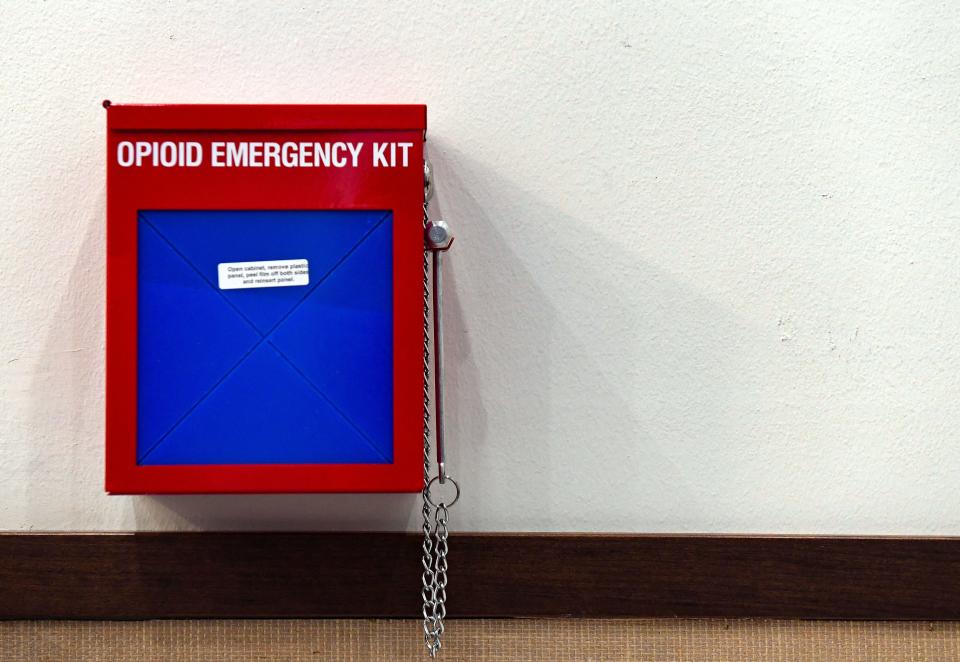South Dakota lawmakers kill effort to criminalize passive exposure of drugs to law enforcement

PIERRE — By one vote, a Senate committee killed a bill Thursday that would have made it a felony to unintentionally expose law enforcement to controlled substances such as fentanyl.
Senators in their discussion about HB 1025 agreed they weren’t scientists but disagreed whether basic exposure, such as touching or inhaling small particles of the substance, could trigger an overdose-like reaction.
“There’s a difference between exposure and use and dosage,” said Sen. David Wheeler, R-Huron, noting a 2017 medical report found it nearly impossible to overdose on fentanyl by simply touching it. “The medical experts indicated that these are more likely to be panic attacks."
Rep. Ben Krohmer, R-Mitchell, who sponsored the bill, presented body camera footage of incidents where it was believed that law enforcement responding to a drug call had suffered an overdose-like reaction when exposed to fentanyl, similar to what he presented in the House of Representatives.
However, in those incidents, a follow-up toxicology report was not administered to confirm that the officer had overdosed.
More: Fact check: Experts say passive exposure to fentanyl impossible
The Argus Leader found in a fact-check that it’s almost impossible for a law enforcement officer to overdose after simple passive exposure to fentanyl.
“There has never ever, ever, ever, ever, ever been a confirmed case of an officer just encountering fentanyl in the field and overdosing,” Brandon Del Pozo, an assistant professor of medicine at Brown University, told the Argus Leader.
Del Pozo, a 23-year law enforcement veteran who studies addiction, has been combating the myth of passive exposure since 2021.
Krohmer, in his rebuttal, said if senators read further in the 2017 report they would have seen a recommendation that people in the research lab working with fentanyl should have access to an N-95 mask and Narcan.
“You have to ask yourself why would you need to wear an N-95 mask and have Narcan readily available for something that isn’t harmful,” Krohmer said.

Narcan, also known as naloxone, is a drug known to help stop a fentanyl overdose. It’s not harmful to a person who is not suffering from a fentanyl overdose.
Sen. Helene Duhamel, R-Rapid City, said she had spoken with several law enforcement officers who said they had not seen a single documented case in the state or the nation where an officer had overdosed from a passive exposure.
“Nobody could say with certainty that there was,” she said. “Because even if there was one case, I think legislators would certainly support this. But until we have documented that there’s a problem, we’d hate to shoot out in front and suggest that there is a problem. We have to wait and see.”
HB 1025 was killed with a 4-3 vote.
This article originally appeared on Sioux Falls Argus Leader: Bill felonizing unintentional exposure to fentanyl killed in SD Senate

